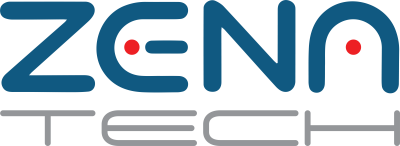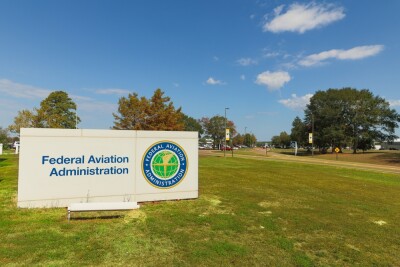Drones are an essential and highly valuable part of the energy and utilities industry, and companies in the sector are increasing their investments in UAVs. Although inspections are the main application of the technology, drones have been adapted to other tasks to take advantage of the cost-savings, safety, and accuracy they offer.
As a result, the value of drones to the industry is increasing—and defining that value is becoming more important.
The recent “Drones In Energy Industry Report 2022” stated that the worldwide commercial drone market will hit some $41.3B by 2026. Energy companies, the study said, will make up the biggest part of that market, accounting for approximately $6 billion.
In addition, a 2021 survey from DroneAnalyst found that companies within the energy and utilities sector have dramatically increased their investments in the technology. An analysis of responses from some 2,000 emergency and utility firms, mostly based in North America, revealed that average spending on a drone program is now more than $10,000, but many companies are investing between $50,000 and $100,000.
Within the industry, almost half of the firms responding to the survey said that they spent $50,000 or more on their drone operations in the past year. Nearly 25% spent more than $500,000 in the past 12 months on drones, the study found.
It's not surprising that these businesses have upped their investments in uncrewed operations. Time and again, the technology has demonstrated its value for performing many energy- and utilities-related tasks, including monitoring gas lines, detecting methane, and inspecting powerlines and oil rigs. Moreover, the technology has been deployed to add accuracy and efficiency to the testing and maintenance of the facilities and equipment that are essential to industries such as oil, gas, electric, solar energy, wind power, and hydropower.
Now, many in energy and utilities are refining the way they define the value UAVs bring to their operations. They are digging into data from drone operations to determine exactly how much money is saved by reducing man hours and decreasing training, facilities, and equipment expenditures. Using data gathered from drone operations, they are also looking for ways to create greater efficiencies.
For example, at the 2022 Amsterdam Drone Conference, representatives of several energy and utilities companies explained how they have been using drones to cut costs, improve safety, reduce time on the job, and boost ROI. Kevin Geiger, an engineer at the Swiss renewable energy firm Axpo Grid, explained how his company incorporated drones to change their approach to visual inspections and enhance service.
According to Geiger, drone deployments have allowed his company’s inspectors to collect to images and view details that previously could only have been seen by taking another look at the asset under inspection. Moreover, the high quality of these images enables inspectors to more quickly determine whether or not they need to act.
This speed and accuracy provided through drone operations have saved Axpo Grid significant time and money. In fact, Geiger reported, drones have helped the company increase efficiency by 40%.
Stories like this are being told throughout the energy and utilities industry, and these stories being studied to help firms define the actual ROI of UAV operations.
In addition to adding value to inspections, testing, and maintenance, drones are helping the energy and utility increase ROI in some unconventional areas. For example, many cities and towns are using drones equipped with thermal cameras to uncover energy leaks in buildings. Projects underway in Minnesota, Massachusetts, Germany, and beyond are deploying drones to capture thermal images of energy consumption issues and then alert home and business owners. Based on this drone-captured data, repairs can be made, and energy consumption can be reduced.
These are just some of the ways that the energy and utilities industries are defining how drones add value. And these discussions around ROI are part of a larger ongoing conversation that continues to evolve as stakeholders in the UAV world work to move the industry forward.
Want to figure out what it can mean for you to define value with drone technology? You can explore these details and the latest innovations at the upcoming Commercial UAV Expo. Click here to learn more.















Comments